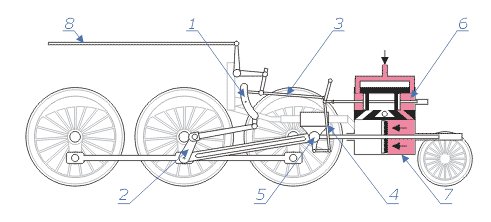Breakthrough Quantum Material Promises 1000x Faster Electronics

Researchers at Northeastern University have unveiled a groundbreaking quantum material that has the potential to transform electronic devices by enabling them to operate up to 1,000 times faster than current silicon-based technology. This innovative material can switch between conductive and insulating states on demand through a process known as thermal quenching, a technique that employs controlled heating and cooling.
The lead author of the study, Dr. Alberto de la Torre, an assistant professor of physics, emphasized the implications of this discovery for the future of electronics. "Processors currently operate in the gigahertz range; our findings suggest we could achieve terahertz speeds," he stated. Published in the journal *Nature Physics* on July 1, 2025, the research demonstrates that by utilizing light to control the material properties, researchers can achieve instantaneous transitions between states, reminiscent of how transistors revolutionized computing by minimizing sizes while maximizing performance.
Historically, electronics have relied on a complex interplay of conductive and insulating materials. The typical architecture requires a well-engineered interface to facilitate the transition between these states. However, this new research posits a single material solution, effectively eliminating engineering challenges associated with interfaces. Dr. Gregory Fiete, a fellow physicist at Northeastern, noted, "By controlling material properties with light, we can streamline the design of electronic devices. This is a significant step towards the realization of faster, more efficient electronics."
The quantum material in question is 1T-TaS₂, which, until now, exhibited conductive properties only at cryogenic temperatures. The breakthrough achieved by the Northeastern team involved stabilizing these conductive states at near-room temperatures, a feat that could lead to widespread applications in various electronic devices. Dr. Fiete elaborated, stating, "This work is about achieving the highest level of control over material properties, which can then be exploited in practical devices."
The implications of this research extend beyond mere speed enhancements. As noted in the study, the current trend in semiconductor technology is to stack components in three dimensions to increase logic density. However, this approach faces limitations that could be addressed by adopting smaller quantum materials. Dr. Fiete pointed out, “We are at a critical juncture where the enhancement of information storage and operational speed necessitates a paradigm shift in how we approach materials science.”
The research not only expands the boundaries of quantum mechanics but also provides a potential pathway for future innovations in electronic design. As industries increasingly demand faster and more efficient technology, this discovery could herald a new era for electronics, leading to devices that are not only faster but also more capable of meeting the needs of advanced computing tasks.
In conclusion, the development of controllable quantum materials marks a pivotal moment in materials science, promising to reshape the landscape of electronics in the coming years. The ability to manipulate material states rapidly and reliably opens the door to a future where computing speeds and efficiencies could far surpass current capabilities, potentially revolutionizing multiple sectors, including computing, telecommunications, and beyond. The Northeastern University team's findings stand as a testament to the innovative potential of quantum materials, signaling exciting times ahead for technology and electronics.
Advertisement
Tags
Advertisement





